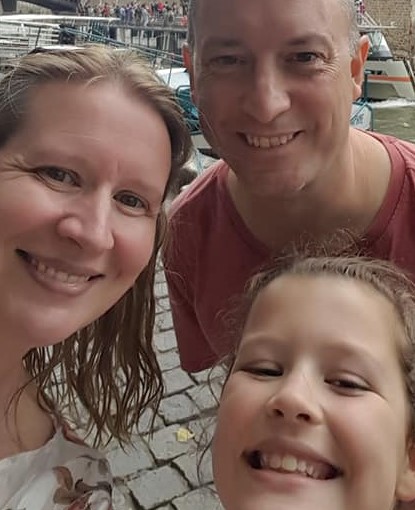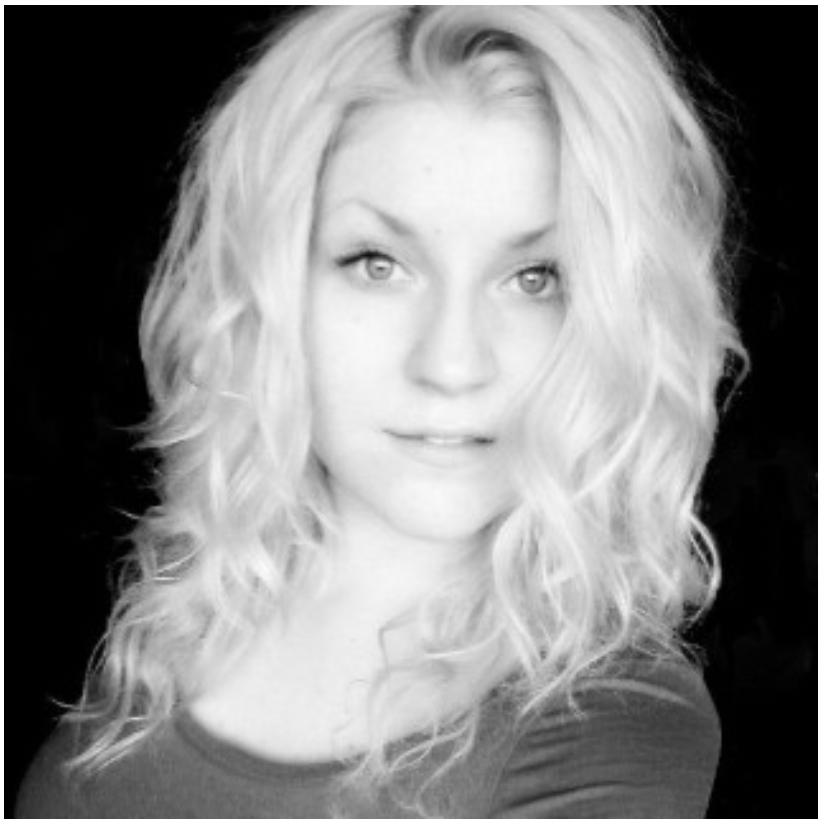Blog
Blog
Getting ready for IADMS 2018
Author: Nicola Stephens
It’s nearly time for IADMS 2018 and I am getting excited. I’ve got tape packed for the shin-pain workshop I am presenting with my fantastic colleague Amanda, who is just starting out on her dance medicine career. Encouraging her to come along and co-present got me reflecting upon my years of being an IADMS member.
Read ArticleIADMS 2018: Networking tips
As we approach our 28th Annual Conference, we’ve been putting together a few tips for networking that we hope will help you to feel confident in starting conversations and making new connections.
Read ArticleIADMS 2018: Preparing for the conference
The annual conference is fast approaching and it’s time to start making plans. This year the conference takes place in the exciting city of Helsinki, Finland. Here are a few things we’ve been thinking about in preparation for heading to Helsinki…
Read ArticleStudent perspectives: Dance Science in Finland
With the Helsinki conference fast-approaching we were excited to talk to Finnish dance science student Oonasofia (Sofia) Saukkonen to find out more about the dance science scene in Finland! Sofia is a physiotherapist and dance scientist who graduated with an MSc from the University of Bedfordshire, UK in 2017.
Read ArticleStudent and Young Professional Events at IADMS 2018
Our annual conference is fast approaching and there are some exciting student events this year!
Here’s a rundown of what not to miss if you’re a student or young professional heading to Helsinki this month…
Read ArticleIADMS 2018 Helsinki: Interview with 'A Day For Teachers' Speaker - Martin Puttke
The explosive development of virtuosity and technique in contemporary dance/ballet frequently encounters not only the dancer’s physical limitation but also, and most importantly, the limitations of conventional teaching methods. Occasionally choreographers forget that performers have to incorporate their creations, which very often means that the latter have to hurl defiance at their physical boundaries - resulting in health problems or even hindering their artistic performance. In this presentation I will show the basic concept of my innovative teaching and working method in classical ballet.
Read ArticleIADMS 2018 Helsinki: Interview with 'A Day For Teachers' Speaker - Jarmo Ahonen
In dance and sports many teachers and coaches are demanding the same performances of all students. However, most people are a little bit different than the next one. Thus they should be trained more individually according their body types and especially according how they vary in bodies. The presentation gives some insight on these differences and how they could be trained safely.
Read ArticleIADMS 2018 Helsinki: Interview with 'A Day For Teachers' Speaker - Katy Chambers
This session will be focussed on neuromuscular activation patterns…basically what that means is that we will be exploring movement from the perspective of identifying ‘cheat patterns’ and trying out some techniques for undoing these. I think this is exciting and relevant as dancers often hold tension in unwanted areas e.g. neck and shoulders and this can be really challenging to correct just through instruction/cueing alone.
Read ArticleIADMS 2018 Helsinki: Interview with Invited Speaker - Matthew Wyon
In my opinion research is pointless unless it is applied and utilized within the environment it has focused on. The roundtable “Embedding dance medicine and science into teaching and learning” will highlight how this has been done within a variety of scenarios and how science and medicine research can be used to support dance teaching.
Read ArticleIADMS 2018 Helsinki: Interview with 'A Day For Teachers' Speaker - Paula Baird-Colt and Jane Paris
Our presentation theme for the 2018 IADMS conference is to discuss our experiences in working with elite movers, dancers and athletes. We will discuss our combined insights into different training approaches that can be used to enhance movement learning skills. We hope to encourage practitioners in the field of dance to explore the educational tools that they can employ in both elite sport and dance and the research opportunities this may create.
Read Article





 BACK
BACK